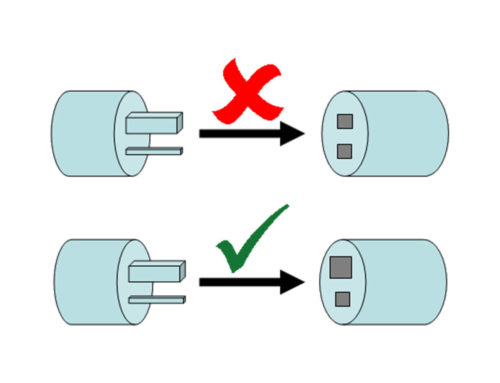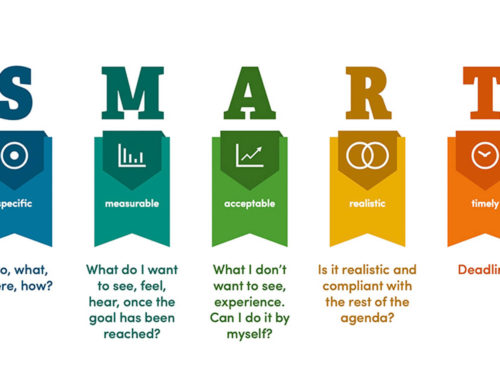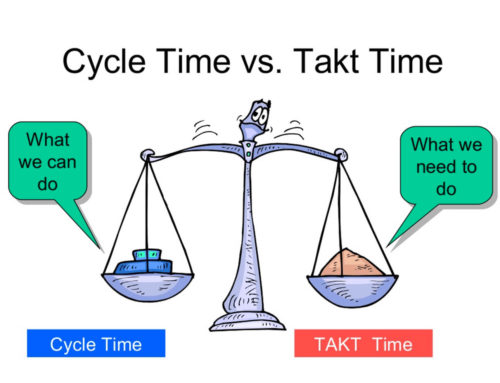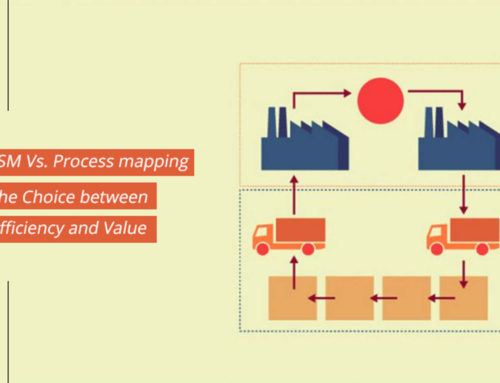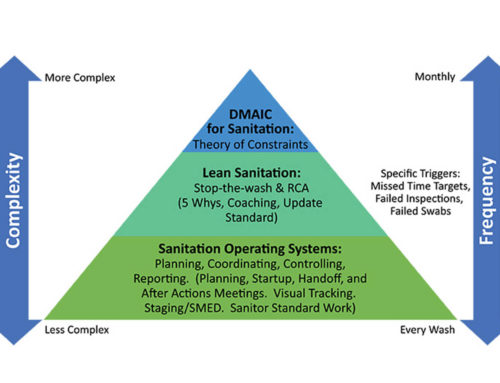The food industry has been evolving immensely in terms of understanding and impacting the needs and prospects of a consumer. Producers must constantly keep up with emerging trends or rather drive those trends by encoding consumer habits. Big data and artificial intelligence are on the growing demand in influencing impacting various businesses, and the Food industry will majorly be impacted by the same. Big data includes examining large amounts of data to find hidden patterns, correlations and useful insights that can be strategically used to device business case aiding the vision and predicting the results. It allows the food industry to improve the capacity of insights from data, marketing campaigns, more interactive development solving a business case. Following are the most promising areas for application of Big data and Artificial intelligence;
Business Development and Sales
 Industries are now customer-centric and are coming up with ideas that can improve the data quality to elevate the customer experience. To constantly adjust with customer demand, this data can be used. To analyse the insight of consumer’s changing behaviour and improve marketing efficiency, thanks to the advancement in technology of social media habits and smartphones. Data analysis can be an effective tool! It makes easier to get hands-on customer’s information that will help in more effective product placement. Companies can leverage their services by getting accumulative with actionable insights and gain relevant touch points with sale terminals. Analysis of unstructured and structured data can be gathered for better realisation of shopping trends, and consumer behaviour. Thus, market development identification can be done. Big data can take food industry one step forward. Several top players are already adopting it. Based on the purchase of the customers, specified focus can be driven on increasing the sales of similar products to the same type of customer. Big data provides services like predicting the popularity of a product or identifying the customers who are likely to be interested in these products. It helps retailers to understand their customer expectations.
Industries are now customer-centric and are coming up with ideas that can improve the data quality to elevate the customer experience. To constantly adjust with customer demand, this data can be used. To analyse the insight of consumer’s changing behaviour and improve marketing efficiency, thanks to the advancement in technology of social media habits and smartphones. Data analysis can be an effective tool! It makes easier to get hands-on customer’s information that will help in more effective product placement. Companies can leverage their services by getting accumulative with actionable insights and gain relevant touch points with sale terminals. Analysis of unstructured and structured data can be gathered for better realisation of shopping trends, and consumer behaviour. Thus, market development identification can be done. Big data can take food industry one step forward. Several top players are already adopting it. Based on the purchase of the customers, specified focus can be driven on increasing the sales of similar products to the same type of customer. Big data provides services like predicting the popularity of a product or identifying the customers who are likely to be interested in these products. It helps retailers to understand their customer expectations.
Food Safety & Quality Monitoring:
 Internet engines and social media-related information can provide relatively, real-time information on disease outbreaks linked to a particular product or restaurant, an early step can be taken in the rapid initiation of product recalls and other consumer safety actions. Big data and artificial intelligence can give an opportunity to food processing professionals to gain access to a number of other structured and unstructured data sources regarding quality monitoring parameters such as temperature data for heat treatment. Rapid sets of metadata can be acquired to determine out-of-specification samples positive for pathogenic or indicative organisms linked to specific processing conditions or environmental factors. This helps to generate a pattern leading to more considerate root cause analysis triggering enhanced preventive efforts.
Internet engines and social media-related information can provide relatively, real-time information on disease outbreaks linked to a particular product or restaurant, an early step can be taken in the rapid initiation of product recalls and other consumer safety actions. Big data and artificial intelligence can give an opportunity to food processing professionals to gain access to a number of other structured and unstructured data sources regarding quality monitoring parameters such as temperature data for heat treatment. Rapid sets of metadata can be acquired to determine out-of-specification samples positive for pathogenic or indicative organisms linked to specific processing conditions or environmental factors. This helps to generate a pattern leading to more considerate root cause analysis triggering enhanced preventive efforts.
One of the most prominent examples of using large datasets is the use of WGS (Whole Genomic Sequencing) based subtyping, which is an extremely high-resolution subtyping. It is applied to improve the ability of public health agencies for detecting human listeriosis outbreaks. This tool is more efficient for identification than Pulse field gel electrophoresis-based subtyping, which cannot detect smaller outbreaks (with cases less than five). The tools are now being used to detect other pathogens such as salmonella. In addition to WGS, metagenomics-based tools also provide large datasets to characterise total microbial populations in samples aiding the detection of mysterious pathogens, which were once undetected by traditional microbiological methods. Spoilage issues can also be eventually identified for screening raw materials, process parameters, and other cumulative risks.
 The biggest challenge to be faced in this sector during the application of Big data is that most of the data capturing occurs manually and records involve paper work which cannot be easily data mined. Moreover, there is scarcity of food scientist who can work with large datasets which might affect the ability of the industry to effectively utilize large datasets to address food safety & quality issues.
The biggest challenge to be faced in this sector during the application of Big data is that most of the data capturing occurs manually and records involve paper work which cannot be easily data mined. Moreover, there is scarcity of food scientist who can work with large datasets which might affect the ability of the industry to effectively utilize large datasets to address food safety & quality issues.
Research and Development:
With the aspect of research and development, Big data can be nothing less than a multimedia-rich interactive medium for low-cost information resulting from mass-communication. It provides a simplified mode for large-scale interaction between consumer and food companies. Researchers need to identify how to establish a customer-involving platform that encourages customers to share their ideas and gain feedback on existing innovations and understand their actual preferences. The consumer behaviour depends on the aspirations they have towards acquiring the desired lifestyle. Today, the decisions in terms of choosing a lifestyle largely depends upon the type of internet/ television influencer they are following. Researchers need to capture the aura of these trending lifestyles and create products relevant to their needs. Lesser efforts will be required in terms of placement of these products if the essence of the concept behind the product reaches the consumer before the product itself.


